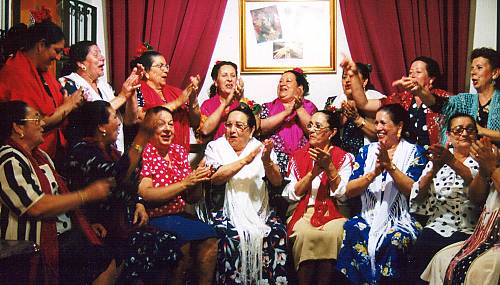On November 16, 2010, flamenco was included in the Intangible Cultural Heritage of Humanity by UNESCO. And the video that was presented was prepared by the Instituto Andaluz del Flamenco for the occasion. You can see it now… if you didn’t remember it or didn’t know it.
A day to always celebrate
The year after its declaration as a World Heritage Site, and as an annual commemoration of this event that recalls the importance of this cultural heritage, the Junta de Andalucía declared that date “Day of Flamenco in Andalusia”.
Since then, it has also been commemorated globally with activities such as conferences, exhibitions, concerts, shows…
This is how flamenco was presented (and declared Intangible Heritage of Humanity)
The text for those who were to grant this recognition read as follows: Flamenco is an artistic expression resulting from the fusion of vocal music, the art of dance and musical accompaniment, respectively called cante, baile and toque. The birthplace of flamenco is the region of Andalusia, located in the south of Spain, although it also has roots in other regions such as Murcia and Extremadura.
The cante is usually performed solo and seated by a man or a woman. It expresses a whole range of feelings and moods – sorrow, joy, tragedy, joy and fear – through sincere and expressive words, characterised by their conciseness and simplicity.

As for the dance, it is a dance of passion and seduction, which also expresses a whole series of emotions. Its technique is complex and the interpretation is different depending on who performs it: if it is a man, he will dance it with great strength, resorting mainly to his feet; and if it is a woman, she will perform it with more sensual movements.
“Flamenco is the Guadalquivir of Andalusian culture, which identifies us within and beyond our borders”. Andalusian Institute of Flamenco
Flamenco guitar playing has long since transcended its original function of accompanying the singing. This is also accompanied by other instruments such as castanets, as well as clapping and tapping.
Flamenco is performed on the occasion of religious festivities, rituals, sacramental ceremonies and private parties. It is a sign of identity for many groups and communities, especially the Roma ethnic community, which has played a key role in its evolution. Flamenco is passed down through dynasties of artists, families, flamenco clubs and social groups, which play a decisive role in the preservation and dissemination of this art form.

